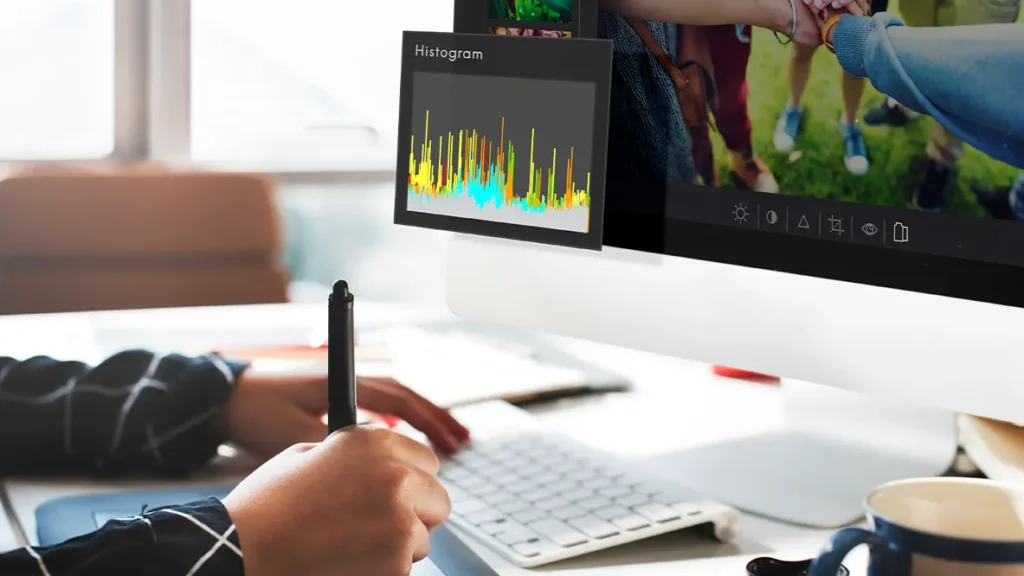In the dynamic world of graphic design, Adobe Photoshop stands as a powerhouse, providing designers with a versatile toolkit to turn their creative visions into stunning visual realities. This article aims to unravel the magic behind Adobe Photoshop and how it plays a pivotal role in the field of graphic design. From essential tools to advanced techniques, we will explore the multifaceted ways in which designers utilize this software to bring their ideas to life.
1. The Canvas of Creation
A. Understanding the Workspace
Before diving into the intricacies of Photoshop, let’s familiarize ourselves with the workspace. Photoshop’s interface is user-friendly, comprising menus, panels, and tools that allow designers to navigate seamlessly. From the toolbar to the layers panel, each element serves a specific purpose, providing a canvas for graphic exploration.
B. Essential Tools for Graphic Design
Brush Tool
The brush tool is the artist’s virtual paintbrush, enabling designers to add strokes, textures, and details to their creations. Whether it’s sketching, painting, or adding intricate details, the brush tool is a fundamental asset.
Pen Tool
Precision is key in graphic design, and the pen tool is the maestro. It helps create precise paths and shapes, facilitating the design of logos, icons, and other geometric elements.
Selection Tools
From the marquee selection to the magic wand, these tools allow designers to isolate and manipulate specific areas of an image, providing control over editing and composition.
2. Transforming Reality: Photo Editing in Photoshop
A. Image Retouching
i. Removing Imperfections
Photoshop’s healing brush and clone stamp tools enable designers to seamlessly remove blemishes, wrinkles, or unwanted objects from images, ensuring a polished final product.
ii. Color Correction
The software’s colour adjustment features empower designers to enhance or modify the colour balance, saturation, and brightness of images, achieving the desired mood and tone.
B. Collage and Composition
i. Layering Mastery
Layers are the heart of Photoshop, allowing designers to overlay images, text, and effects. This enables the creation of complex compositions, collages, and visual storytelling.
ii. Merging Realities
Through blending modes and layer masks, designers can merge multiple images seamlessly, giving birth to captivating and surreal designs.
3. Typography and Text Effects
A. Text as Design Element
i. Choosing Fonts
Photoshop provides an extensive library of fonts, allowing designers to select the perfect typeface for their projects. The character panel offers options for customizing text, such as kerning and leading.
ii. Text Effects
From embossing to shadowing, Photoshop’s layer styles open a world of possibilities for designers to enhance and stylize text, turning it into a visual focal point.
4. Graphic Design Beyond Boundaries
A. Web and Social Media Graphics
i. Designing for the Digital Sphere
Photoshop is a go-to tool for creating web graphics, social media posts, and banners. Designers can optimize images for various platforms, ensuring a consistent and eye-catching online presence.
ii. Creating Engaging Thumbnails
For content creators and YouTubers, Photoshop is instrumental in designing attention-grabbing thumbnails. The combination of text, images, and effects ensures thumbnails that entice viewers.
B. Print Design
i. DPI and Print Resolution
Photoshop allows designers to work with high-resolution images, ensuring the quality of printed materials such as posters, brochures, and business cards. Understanding DPI (dots per inch) is crucial for achieving professional print results.
ii. Color Modes for Print
Designers navigate the transition from RGB (Red, Green, Blue) to CMYK (Cyan, Magenta, Yellow, Black) colour modes to ensure accurate colour representation in print materials.
5. Advanced Techniques: Pushing the Boundaries
A. Vector Art and Paths
i. Vector Graphics
Photoshop’s capabilities extend beyond raster images. Designers can use the software to create scalable vector graphics without losing quality.
ii. Paths and Shapes
The pen tool becomes a precision instrument, allowing designers to create intricate shapes and paths for logos, illustrations, and complex designs.
B. 3D Design
i. Extrusion and Depth
Photoshop’s 3D capabilities enable designers to add depth and dimension to their creations. From text to objects, the extrusion tool brings designs to life.
ii. Texture Mapping
Applying textures to 3D models enhances realism. Photoshop’s texture mapping features enable designers to wrap textures seamlessly around 3D objects.
In the expansive field of graphic design, Adobe Photoshop stands out as an essential tool, empowering designers to turn ideas into visual masterpieces. Its limitless capabilities range from basic photo editing to advanced 3D design. Aspiring designers and seasoned professionals can enhance their skills through the eCare upskill – Adobe Photoshop Course, unlocking new dimensions of creativity. As we navigate the ever-changing landscape of graphic design, Adobe Photoshop serves as a reliable companion, transforming imaginations into reality with a simple click, a brushstroke, and the vast opportunities offered by eCare upskill.



